So you’ve taken beautiful product photos, sorted out shipping and inventory, figured out Shopify or Amazon, and are already making a few dozen sales a day. What’s next for your e-commerce brand?
Whether you’re just starting out or are already generating hundreds of thousands of dollars in revenue a month from your online business, there are always new tools to discover as you scale.
Below, we’ll go over some of our top 10 valuable e-commerce marketing tools to help you do everything from email marketing to keyword research, and customer service management.
Let's get started.
1. Marketing Analytics ─ Google Analytics and Google Search Console
These two tools from Google are the free and obvious starting points for managing site metrics on your e-commerce shop. To ensure your marketing campaigns are spent wisely and that your SEO strategies are working, it’s important to keep track of things such as your traffic sources, bounce rate, backlinks, conversion rates, etc.
When you first start an ecommerce business, it’s easy to be lured by easy traffic with paid marketing, but organic traffic often proves more useful in the long-run. Paid ads are often affected by algorithm changes and cost increases, which feels like you’re chasing lower ROIs with increasing costs and less reach.
By investing early in tracking and improving your SEO and sources of traffic, you’ll be able to automate your marketing and reduce marketing spend. Moreover, good organic content can always be easily promoted with paid advertising.

2. SEO Keyword Research ─ SEMRush
One of the ways to increase organic traffic is to target competitive keywords and try to rank for them on Google. Semrush (7-day free trial) is probably one of the better keyword research tools we’ve used, and should be key to your SEO and content marketing strategy.
It allows you to research organic keywords, monitor both your organic and paid traffic in real-time, and has every SEO resource and tip you can imagine in their extensive content blog. Their topic research tool is also great for generating topic ideas for your content marketing strategy. The organic research tool is also great for monitoring which keywords your competition ranks over you as you scale against the bigger players.
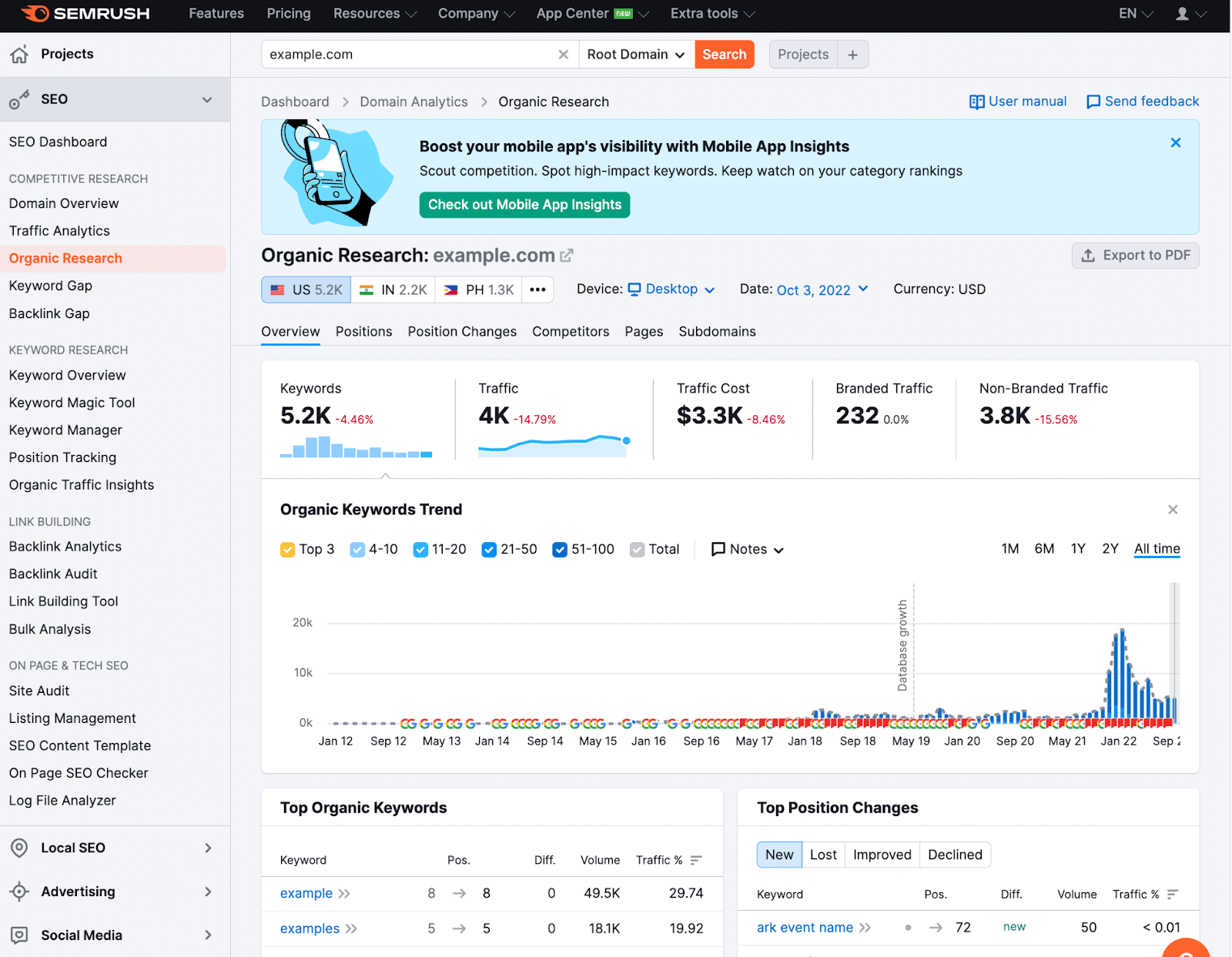
3. Amazon SEO ─ Jungle Scout
If you’re selling on Amazon, chances are you’ve already used Jungle Scout. If you’re not, there’s still plenty of reason why you may find this tool useful. Jungle Scout is an Amazon-specific research tool that helps you find top-selling products, estimate sales, research keywords, and monitor your competition.
One of the free features we love, even if you don’t sell on Amazon, is the sales estimator tool. The tool lets you infer from Amazon rankings the monthly sales trend for your product, which helps with product research and positioning.
Jungle Scout has since evolved to include a whole suite of tools, including listing optimizations, supplier finder, and a host of other metrics and analytics for your Amazon listings.

4. Email & SMS Marketing ─ Klaviyo & Omnisend
An email list is an invaluable e-commerce marketing tool. If you’re relying exclusively on Amazon for your sales, you’ll soon realize that Amazon gate keeps their customers. Good luck trying to email your Amazon customer.
With your own email list, you can engage your customers however you want, no matter the platform. Want to promote the latest sale or send an automatic email to a customer who left an abandoned cart? Chances are either Klaviyo or Omnisend can help you create these campaigns and automations.
Both these email marketing tools have great templates (including gamified ones), easy drag-and-drop automations for both email and SMS marketing, and more advanced tools such as detailed customer segmentation. When it comes to email marketing, it’s a tie for us between Klaviyo and Omnisend. (For more detailed comparison and other tools, see our email marketing tool comparison).
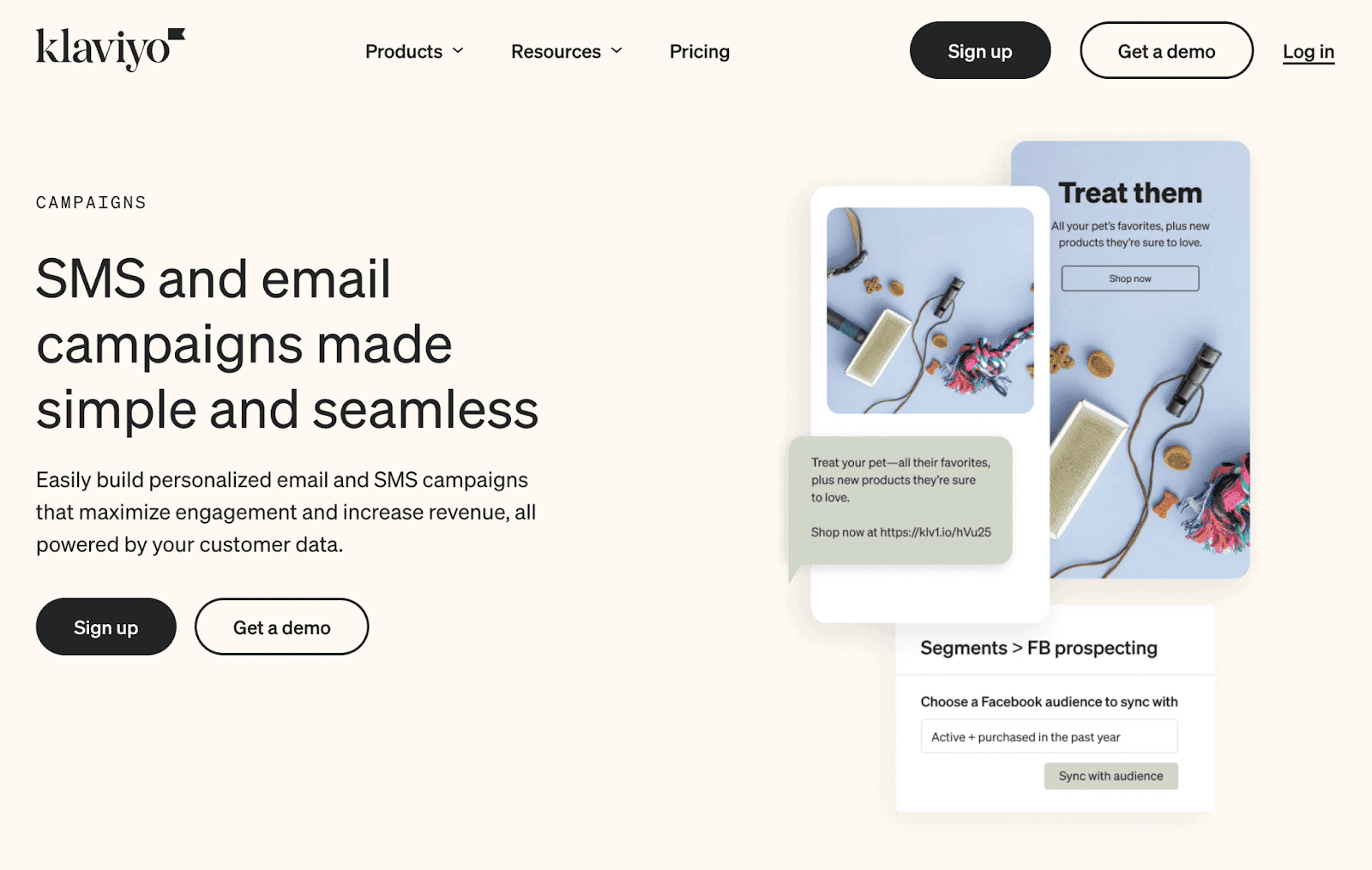
5. Marketing Design ─ Canva
While Adobe Photoshop is still great for the true pros, Canva has taken over the prosumer market. Canva offers drag-and-drop design tools, as well as an incredible library of high-quality and customizable design templates to help you launch your ecommerce brand or marketing campaign.
It offers every design template possible, including for social media posts, without having to worry about pixel dimensions, file types, or design skills.
Unlike Adobe, the learning curve is very low and intuitive (everything is click and drop, including previously complex design actions such as background removal). Canva also offers increasingly more support for video templates, which is great for Tiktok and Youtube. There’s a reason why this startup is worth $26 billion and is now competing with Google and Microsoft.

6. Photo A/B Testing ─ PickFu
A great product photo and landing page for your e-commerce brand is great, but what if it doesn’t perform? This is where A/B testing comes into play and where PickFu can help you crowdsource opinions from hundreds of theoretical customers before launch.
Don’t underestimate the power of a photo. Tripadvisor’s insights say a single hotel photo can increase the hotel’s likelihood of being booked by 225%. Similarly, a single change in your product photos can be the difference in 20-30% conversion rates and tens of thousands of dollars in revenue.
Why not test it all?
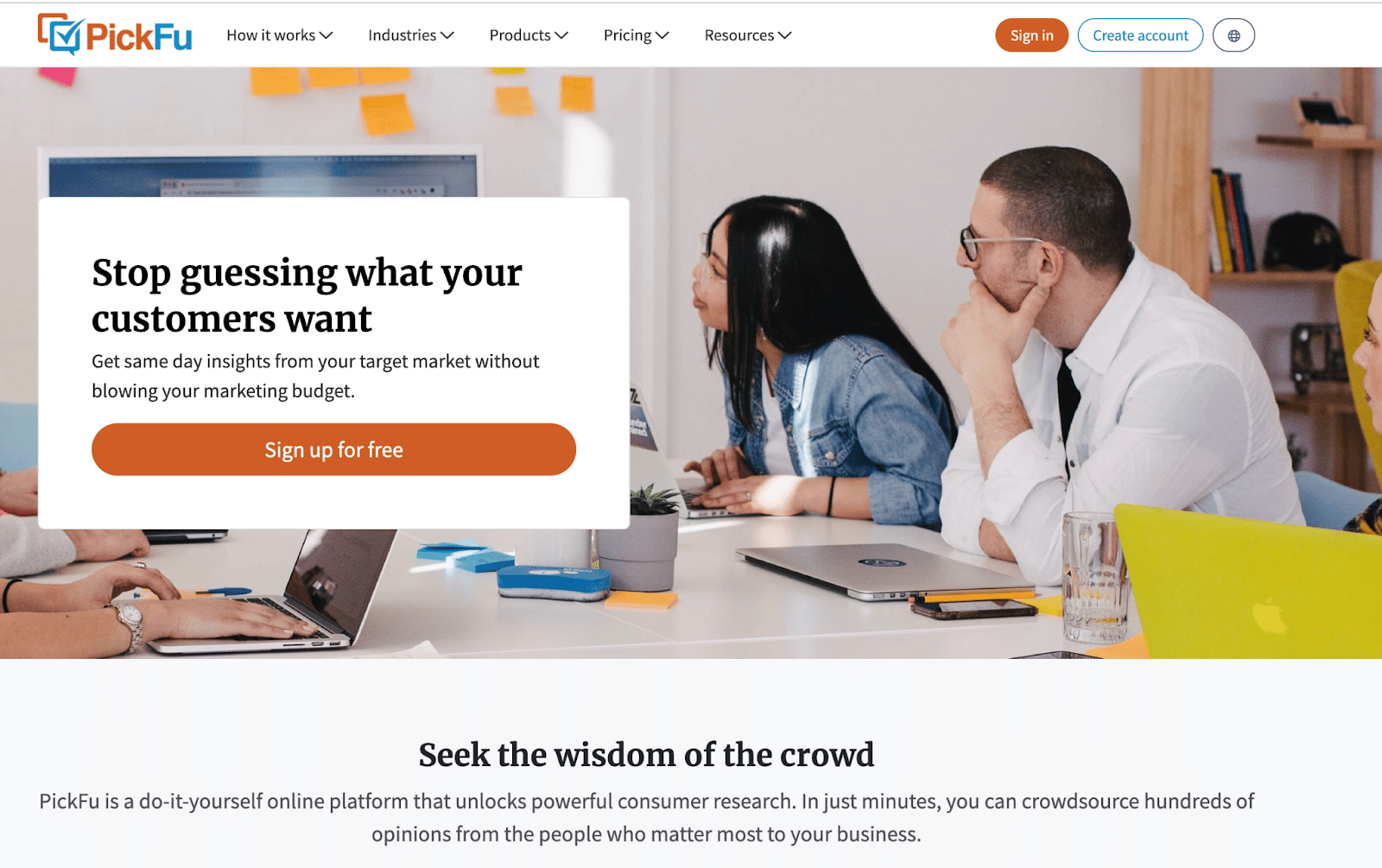
7. YouTube Marketing ─ TubeBuddy
We all know that video marketing and shopping are here to stay, with Tiktok and Youtube (world’s #2 search engine) dominating consumer attention. Tiktok users spend an average of 45.8 minutes on the app per day vs. 45.6 minutes for Youtube, and only 30 minutes for Facebook. This means that video and social media marketing should be an integral part of your ecommerce marketing.
When it comes to video, and YouTube in particular, our favorite tool is TubeBuddy, which is essentially SEMRush for YouTube. It allows you to research YouTube video keywords, their search volume and competitiveness, as well as other insights on how you might optimize your YouTube videos to gain more viewers and conversions. If video is an essential part of your e-commerce business, we highly recommend this tool.
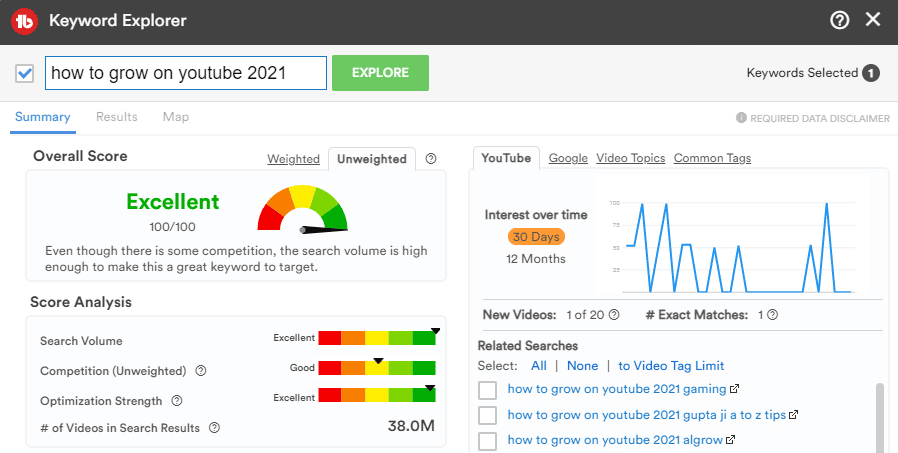
8. Freelance Content ─ Upwork
Perhaps all the tools above are a bit overwhelming for you. How do you begin to tackle SEOs? What if you’re not a good content writer or don’t have the time to write your own blog?
Great news is that there’s a tool called Upwork to help you find skilled freelancers who can help you with all the above problems and much more. As a client on Upwork, you can either search for Freelancers by categories and reach out to them, or you can post your job needs on a forum and receive proposals.
Upwork solves the problem of Freelancing by handling payments, escrow, contracting, payment, and communication to make it easy for you to hire the best talents for your needs. You can easily find that content writer, SEO expert, or app programmer to help you handle all your e-commerce marketing needs on Upwork.

9. Buy now Pay later ─ Klarna
Installment payments are an old concept, but Klarna has revolutionized this into the digital age by making it easy for any retailer to offer installment payment options for any product, no matter how small.
Buy now pay later (BNPL) is also especially hot among Gen Z and Millennials, with 44% of Gen Z and 37% of Millennials having made a BNPL payment in 2022. The benefits of BNPL is that it leads to more conversions (as much as 44% more), higher value per order, and offers your customers more flexibility. You can easily integrate BNPL payment options via Klarna with your existing Shopify shop or online business.
Klarna’s 147 million customers also means you’ll be able to have a payment edge over your competitors who don’t offer BNPL.

10. Customer Service Chat ─ Zendesk
Chat is a great tool to help interact with your customers and offer them instant automated responses for everything from product inquiry to order cancellations. However, doing this manually can quickly be overwhelming.
Zendesk is a cloud-based solution that offers tools to help you build a customer service portal, knowledge base, and online community that integrates with any channel such as email, social media, chat, and phone. It lets you track and monitor all your customer service inquiries, and even lets you outsource agents cheaper than hiring full time staff.
We all know the importance of good customer service in a retail experience, so it’s important that this is also the case online too. You don’t want to keep your customers waiting or annoyed with slow or no response, potentially losing that high LTV customer to a competitor. Chat tools are effective at helping you offer good customer service, which 62% of customers say is a factor in them recommending your products to their friends.
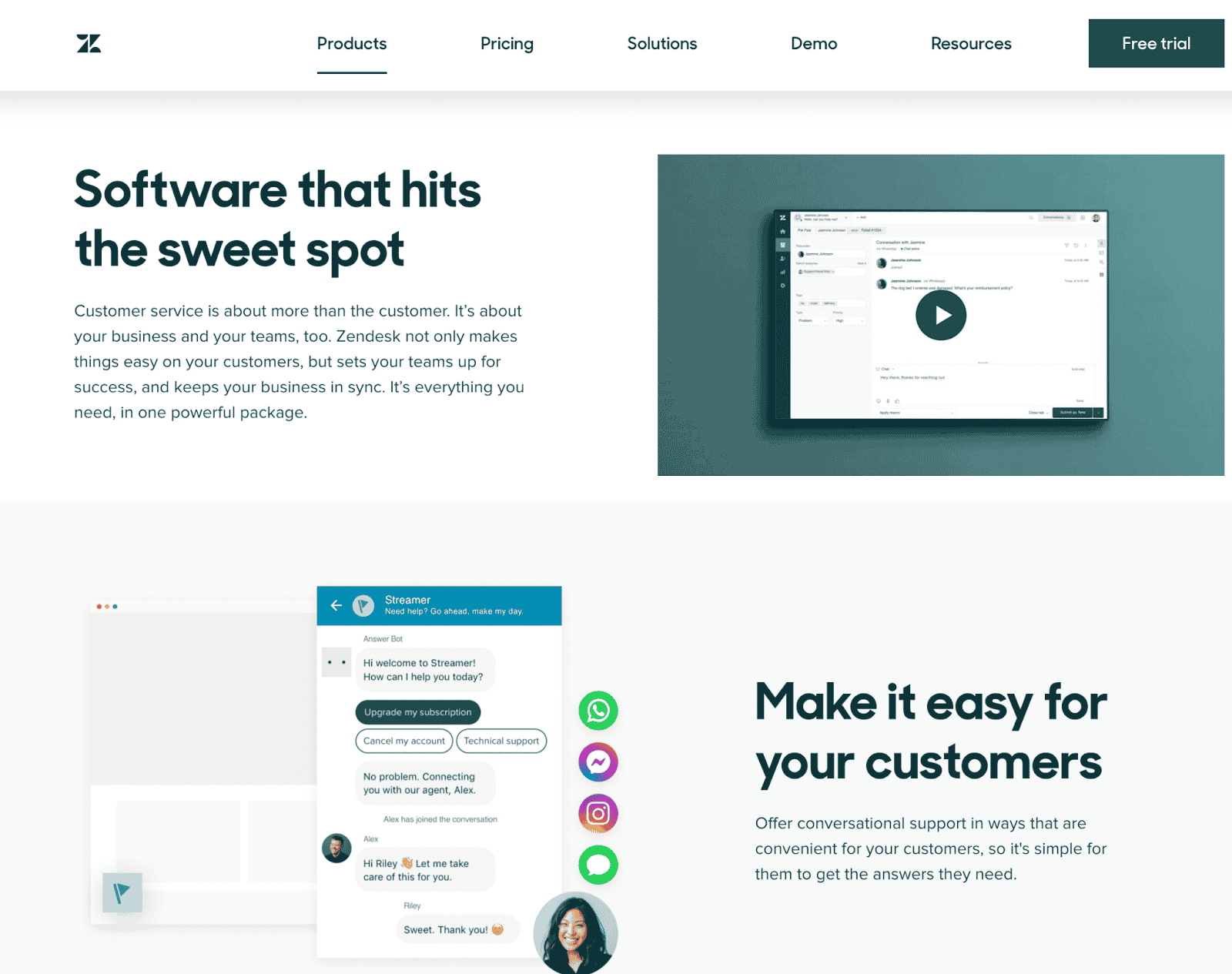
Final Thoughts
The number of valuable e-commerce tools is as diverse as the type of businesses in operation.
However, the above highlighted tools should be a great start for you to scale your e-commerce business and marketing practices to the next level. Of course, some of these tools don’t come cheap, but you’ll quickly realize that once you scale, a good solution is better than a bad solution.
